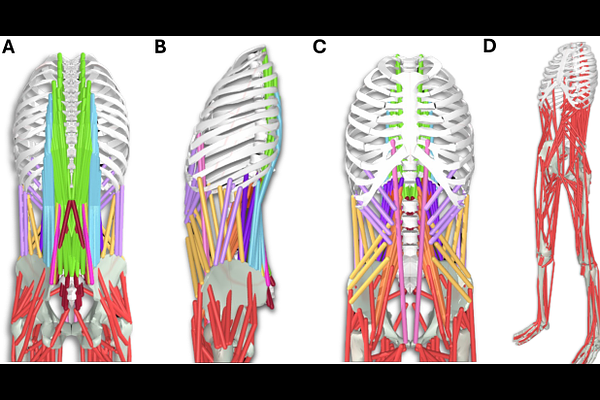Reinforcement Learning Identifies Age-Related Balance Strategy Shifts

Reinforcement Learning Identifies Age-Related Balance Strategy Shifts
WANG, H.; Kovecses, J.; Durandau, G.
AbstractFalls are one of the leading causes of non-disease death and injury in the elderly, partly due to the loss of muscle mass in a musculoskeletal disorder named sarcopenia. Studying the impact of this muscle weakness on standing balance through direct human experimentation poses ethical dilemmas, involves high costs, and fails to fully capture the internal dynamics of muscle. This disadvantage necessitates exploration through neuromusculoskeletal modeling to reveal its intricate effects on balance. In this study, we presented a novel full-body musculoskeletal model of both the torso and the lower limb with 290 muscle actuators to control 23 independent degrees of freedom and support for different levels of sarcopenia. Using reinforcement learning coupled with curriculum learning and muscle synergy representation, we trained an agent to perform standing balance on top of a backward sliding plate and compared it against identical human experimentations. Our results show that without any pre-recorded experimental data, both healthy and sarcopenia agents are capable of reproducing the ankle and hip balancing strategy matching the experimental data. Moreover, we also showed that by varying the degrees of sarcopenia, the agent adopts different balancing strategies depending on the level of acceleration of the platform.